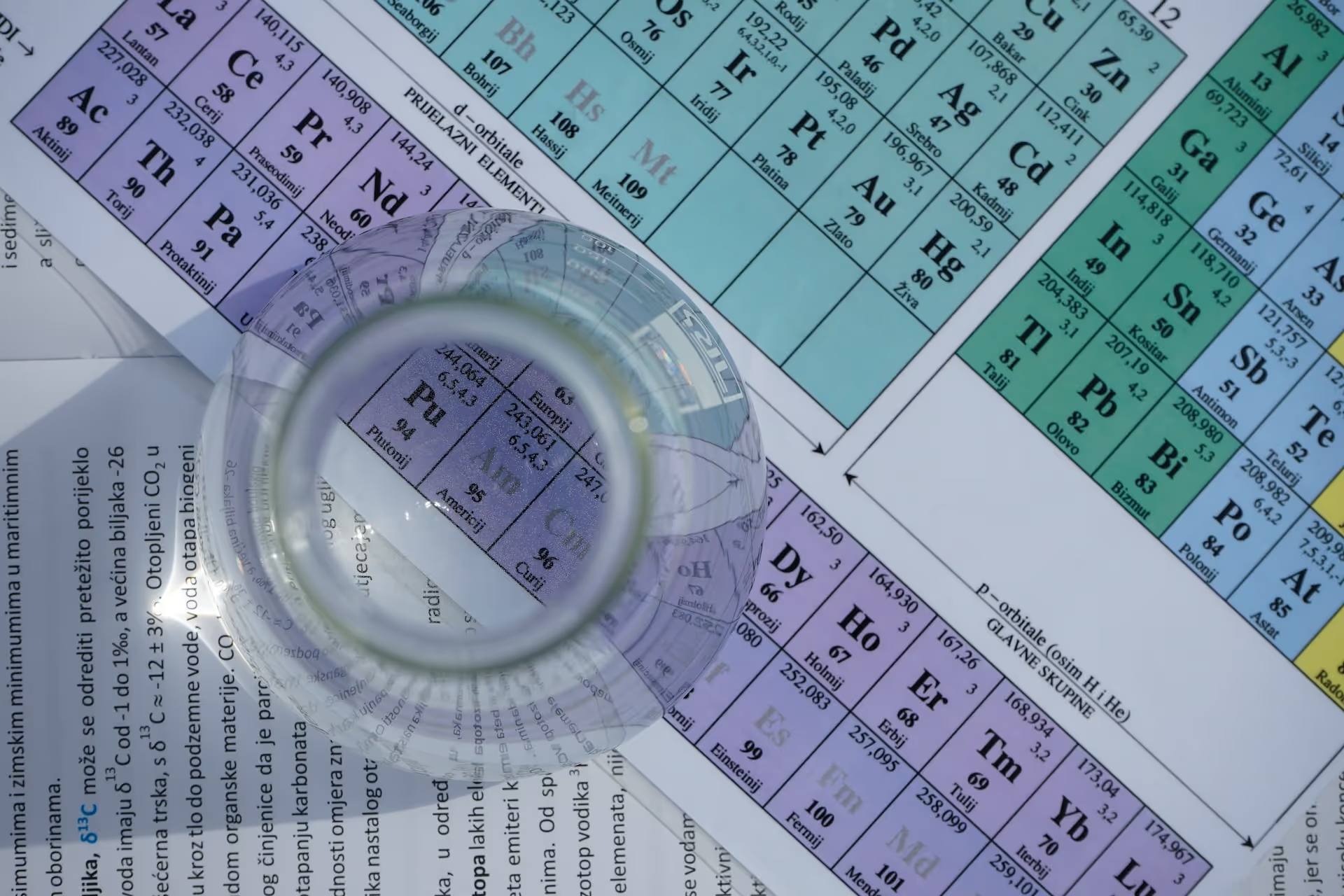
As you all likely know, biodiesel is a wonderfully biodegradable substance that typically breaks down quickly in the environment. While this is a good thing, it has its downsides too. Most notably, the fact that biodiesel is much more susceptible than petroleum diesel to microbial attack and oxidation. As biodiesel decomposes, it forms acidic compounds (giving it a rancid smell) as well as many small polymer chains and large chemical compounds that are typically somewhat polar. (The polarity of molecules is one of the largest factors that determine if they will dissolve in a particular solvent or not. Polarity in a molecule is caused by uneven electrical charge distribution. One can think of polar molecules as being somewhat like little magnets wanting to stick together and non-polar molecule as being like little pieces of gravel that don’t have a strong affinity for one another.) If this course goes too far, sediment (composed of these polymers and large molecules) will begin to form.
A logical supposition to make when there is some biodiesel that seems aged would be to blend it with petroleum diesel to dilute it and then burn it that way. Unfortunately though, this is actually a very bad thing. Due to the fact that biodiesel is slightly polar, it is able dissolve many of the large molecules which are slightly polar as well. In solution, these molecules are typically able to be successfully burned in a diesel engine.
Upon mixing with USLD though, something terrible happens. Because ULSD is very non-polar, (even much more so than typical LSD) the compounds that used to be dissolved in biodiesel fall out of solution. In some cases , this can form a large amount of precipitants and sediment. If you do this in your fuel tank, you are likely to almost immediately get some clogging in your fuel filters.
If you want to see this same type of phenomenon occur in a test tube, dissolve 1 part veg oil in 10 parts isopropyl alcohol. The nonpolar oil is able to dissolve somewhat in the medium-polarity isopropyl. Now add 2 parts water to the solution. All of the sudden, the oil falls out of the solution because the highly polar water kicks it out. It is a classic demonstration of how a change in polarity of the solvent can cause solutes to precipitate out of it.
So how can you keep this from happening in your fuel tank. One strategy would be to mix the old biodiesel with ULSD in a separate vessel, and then filter or settle out the sediment. Another would be to try to treat the biodiesel in question with magnesol. We have seen good results in using this product to remove polar contaminants and allowing the fuel to be burned without problems.
The best thing of course, is to prevent the fuel from oxidizing to begin with. Blending it with petroleum diesel or adding a little bit of stabilizer can mitigate this potential problem.
In conclusion, any fuel ; petroleum based or not will eventually degrade. Because it is biodegradable, biodiesel will typically be prone to this degradation even more so than petroleum based fuels. With a few simple precautions however (more on this in future posts) problems that could be associated with this can be easily avoided. And even if fuel is somewhat oxidized it can be effectively salvaged.













.svg)
